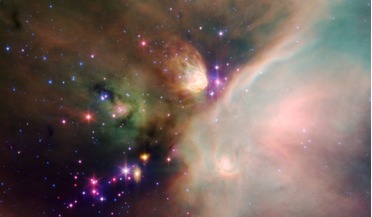 18 August 2021
New study sheds light on Solar System heavy metal problem
18 August 2021
New study sheds light on Solar System heavy metal problem
... metals came from, and two major mechanisms emerged; the injection of 26Al from a giant active star or supernova that spewed material into interstellar space, or the irradiation of dust and gas within the Solar System...
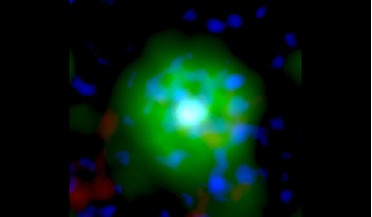 11 January 2021
Strange star unlike any seen before, scientists say
11 January 2021
Strange star unlike any seen before, scientists say
... with wind speeds of 16, 000 kilometres per second. This stagerringly fast speed is comparable to the expansion velocities of a supernova ejecta, but winds belonging to material blasted out from a single stellar explosion was ruled out by Oskinova...
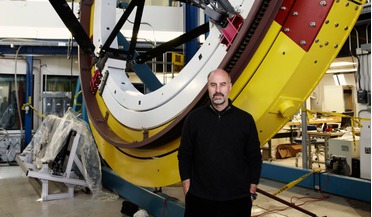 26 April 2016
Professor Joshua Frieman elected to the American Academy of Arts and Sciences
26 April 2016
Professor Joshua Frieman elected to the American Academy of Arts and Sciences
... of mass on galaxy and cluster scales. With the aid of the SDSS-II Supernova Survey, his research interests also includes analysing type Ia supernovae (SNe Ia) to better understand their role as cosmological distance indicators and to improve...
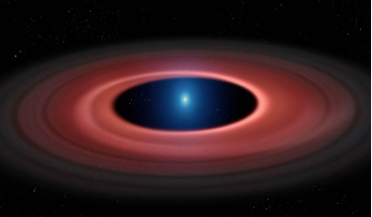 18 February 2019
Gigantic remnant found around an exploding star
18 February 2019
Gigantic remnant found around an exploding star
... behind will help identify systems undergoing repeated eruptions and help astronomers determine how many Type Ia supernovae are formed. "They are, in effect, the measuring rods that allow us to map the visible universe," said...
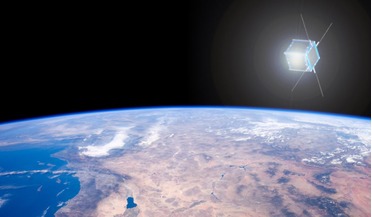 24 May 2021
A CubeSat that produces visible light on the ground to be launched in NASA initiative
24 May 2021
A CubeSat that produces visible light on the ground to be launched in NASA initiative
... Launch Initiative (CSLI) Other CubeSat ideas also selected as part of the Initiative include SPRITE (Supernova Remnants and Proxies for ReIonization Testbed Experiment), a scientific investigation mission designed to observe ionising radiation...
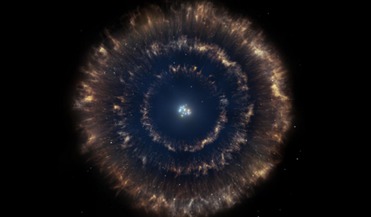 25 July 2016
Supernova "Matryoshka" Discovered in Local Group
25 July 2016
Supernova "Matryoshka" Discovered in Local Group
... varied in size and structure. The reason for the particular concentric effect observed by astronomers is that the supernovae exploded at short intervals (only about 10,000 years between explosions), which makes the explosions almost simultaneous...